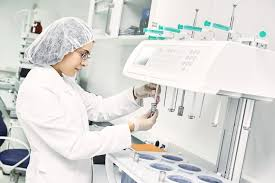Helix and Recursion join forces in quest to crack the AI-driven drug discovery code

The UK Biobank, with genetic data on half a million individuals, set a benchmark for scale in medical research. It contains whole genome sequencing data for all 500,000 participants, making it the world’s largest genetic project to date. A recent collaboration between the San Diego–headquartered clinico-genomics company Helix and the Salt Lake City–based biotech Recursion Pharmaceuticals aims to go even further. “We could surpass [UK Biobank] probably by the end of 2025,” says Hylton Kalvaria of Helix. The partnership will combine Helix’s growing clinico-genomic dataset with more than 25 petabytes of Recursion’s proprietary biological and chemical data. The world is awash in data. To cite one example, the latest CommonCrawl dataset, encompassing 17 years of website data, totals 377 tebibytes. That’s equivalent to the storage capacity of more than 3 million 128-gigabyte USB flash drives. “There are larger data sources out there,” Kalvaria ack...










